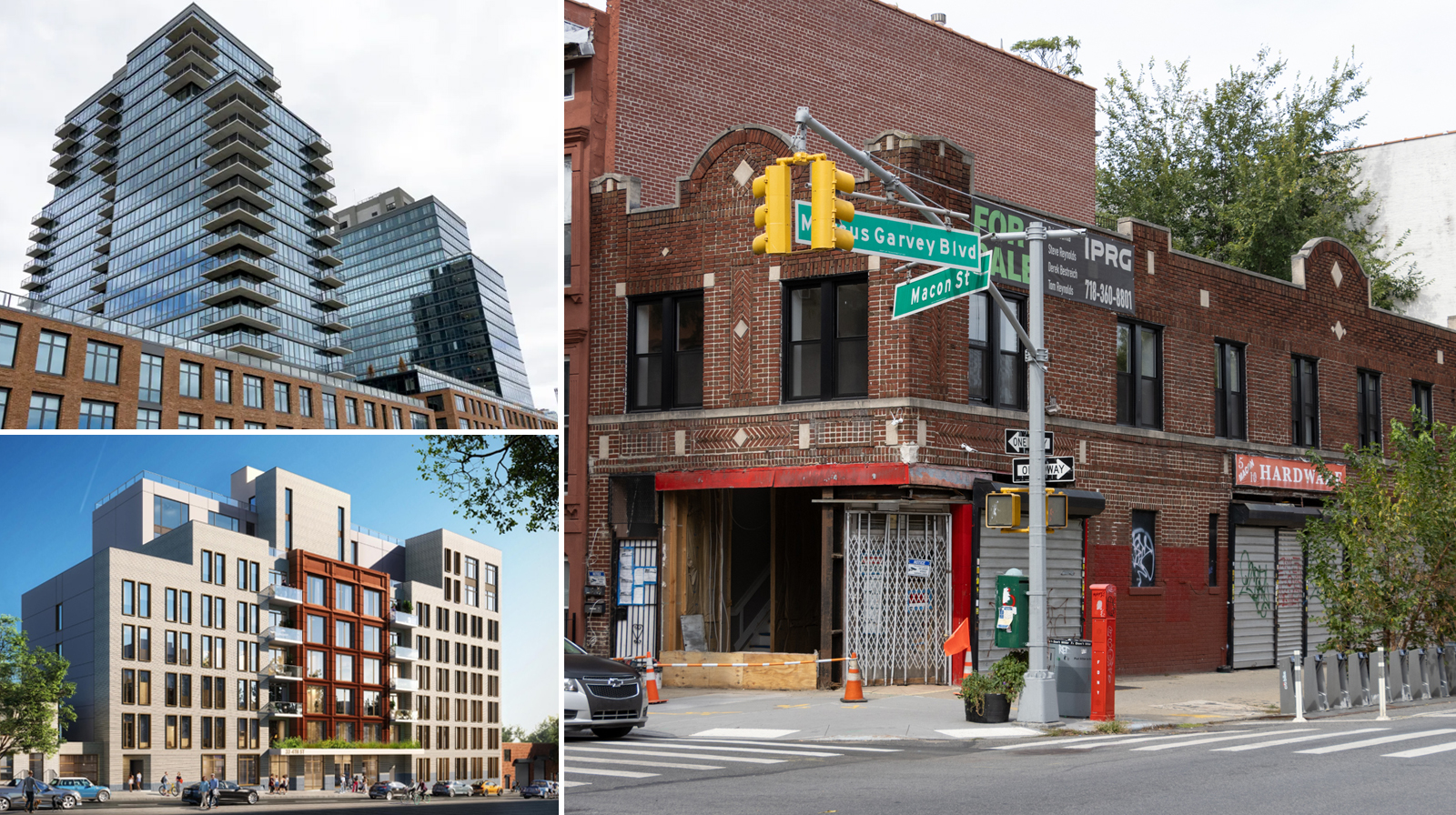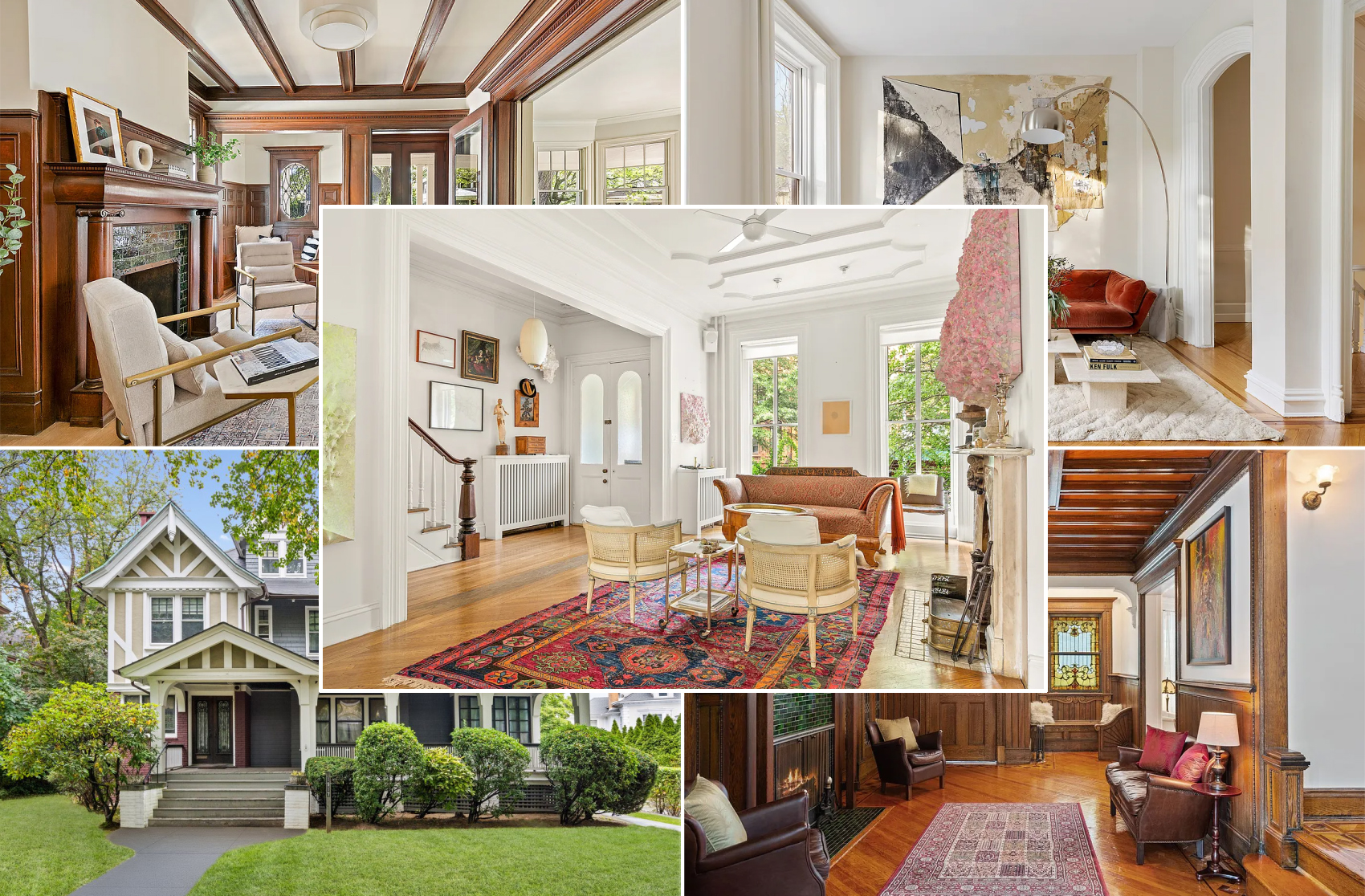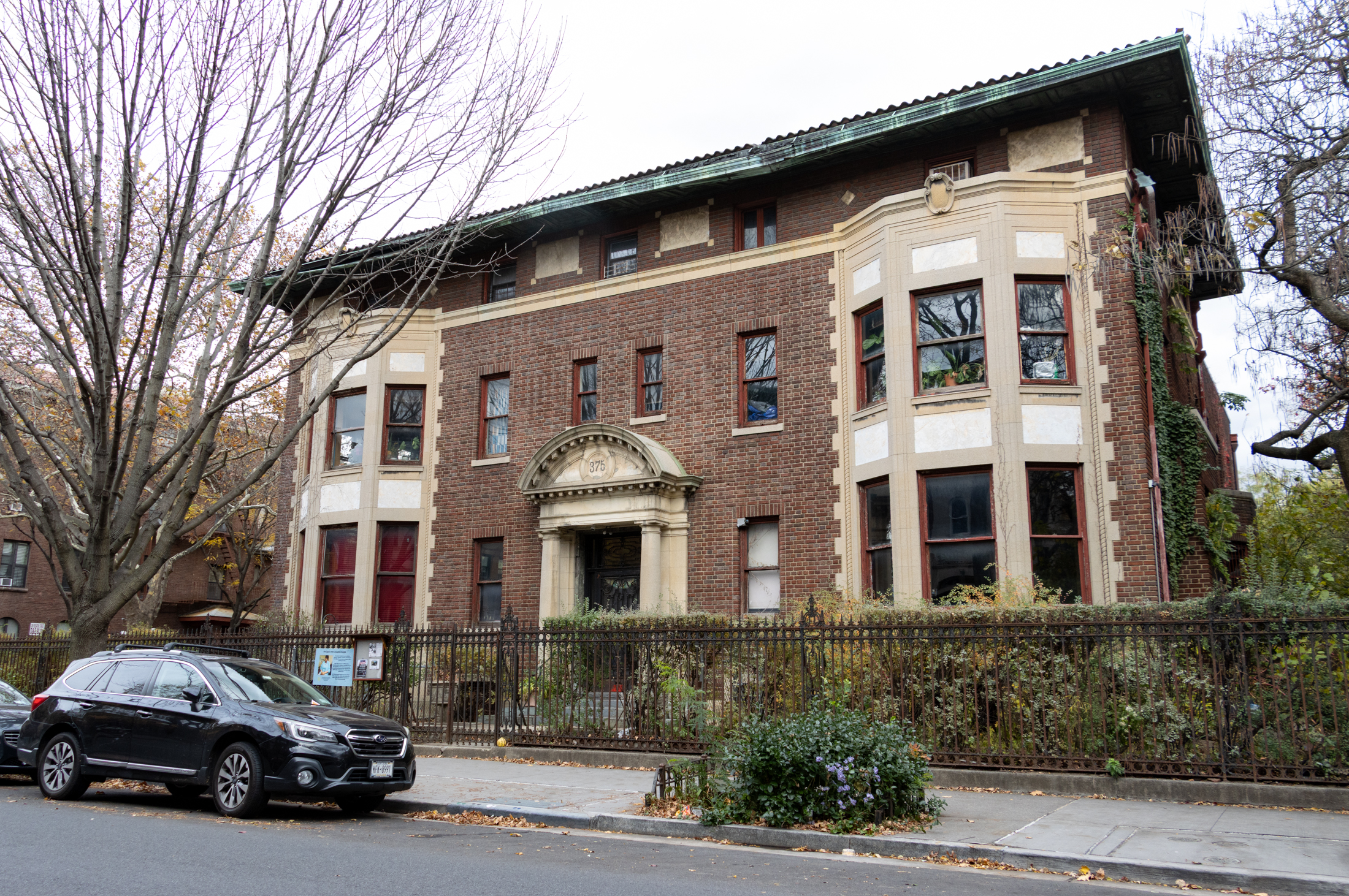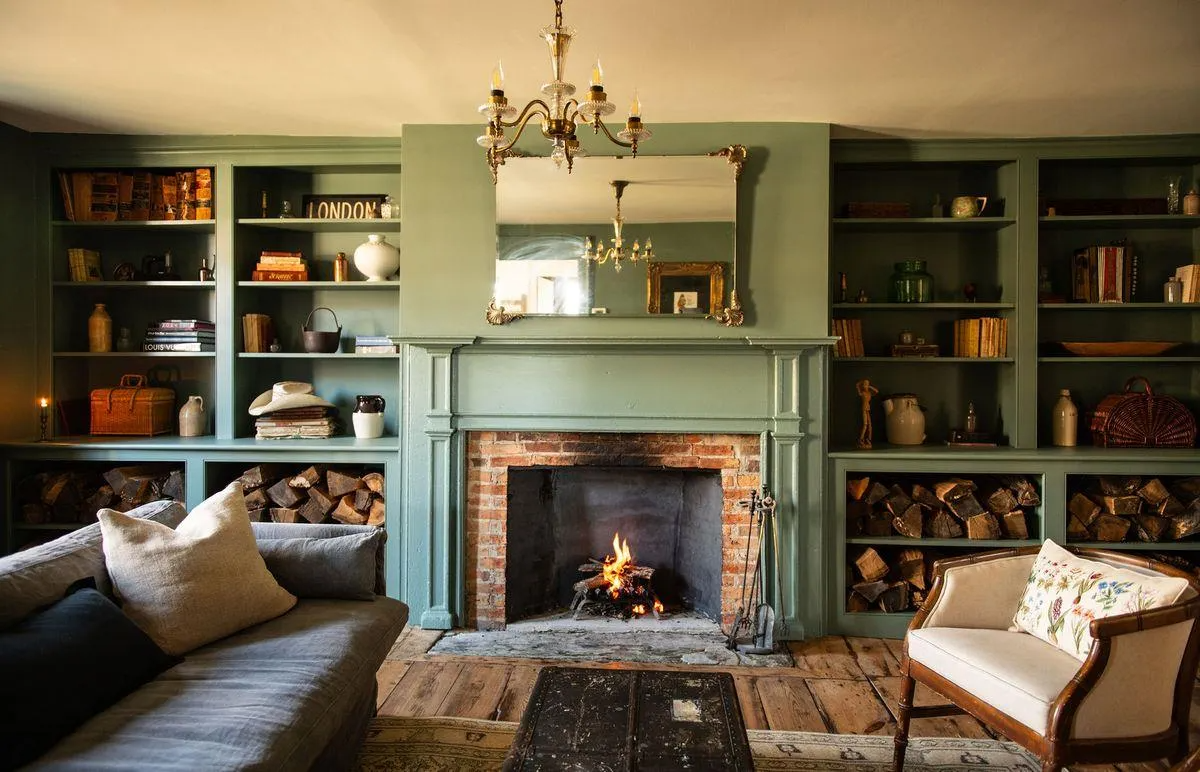This Olde House Gives Nod to Stuyvesant Heights
In its current issue, This Olde House picks its top 51 neighborhoods for old houses. Among its top six Editors’ Picks is none other than Stuyvesant Heights, which gets the nod for being the “Best Place for Brownstone Buffs.” Here’s what they have to say: This culturally rich nabe is shedding its high-crime rep as…


In its current issue, This Olde House picks its top 51 neighborhoods for old houses. Among its top six Editors’ Picks is none other than Stuyvesant Heights, which gets the nod for being the “Best Place for Brownstone Buffs.” Here’s what they have to say:
This culturally rich nabe is shedding its high-crime rep as restaurants, bakeries, and cafes open their doors to new and longtime residents, all of whom want a distinctly Brooklyn lifestyle for themselves and their families…While prices for townhouses were creeping into the millions a few years ago, they’ve come down of late. Some fixer-uppers are going for as low as $475,000. It won’t stay that way.
Sweet!
Best Old House Neighborhoods [This Olde House]
Photo by gkjarvis





“I’m sorry, but aside from a foreclosure or emergency fire sale, houses are not going to be selling in 90% of Bed Stuy for $250K. That statement has no basis in reality.”
Uhh…actually, the risk of foreclosures AND emergency fire sales IS the reality (who said 90% BTW?!).
That’s what happens when the economy deflates. The money supply shrinks and the inherent problem of paying off the grand total of all principal AND interest (the interest allocation never existed by the very definition of how money is created and destroyed) gets compounded. You can’t sweep the excess fat of Ponzi appreciation under a rug. It has to be defaulted and foreclosed on as the cumulative debt can no longer be serviced with rising unemployment, contracting incomes and shrinking tax revenue. Classic Ponzi collapse. It’s quite real. (why the original need for the now expiring FHA program and FED RE asset purchases – which they’re now about to dump?)
We’re going back to ‘This Olde Home Price’, peeps.
***Bid half off peak comps***
There are very few federal era houses left in Brooklyn.
During that period, Brooklyn was farmland, so there are some fine federal farmhouses that survive such as the Lefferts Homestead, the Wyckoff Bennet House, the Lott House and about a dozen others. there are about ten or twelve Federal-era rowhouse in Brooklyn Heights, the one part of brooklyn that was being laid out as a suburban commnity at the time. And the one great Federal-era mansion that survives is the Commandant’s house in Vinegar Hill. By the 1840’s the Federal period was well over, even in Brooklyn, were trends tended to lag behind.
North Heights there are some “federal style” homes in Stuyvesant heights. It might not be in the landmarked area but you will find them. There are a few wood frame homes that are in soon to be The Stuyvesant Heights North and East area.
Northheights-
I think that the area has many buildings are significantly older than just 1860/70 .
If you do a search on Brooklyn Eagle you will find reference to many of the homes that are still standing (ads for help; ads for sale; etc) dating back to the 1840/50.
I’m sorry, but aside from a foreclosure or emergency fire sale, houses are not going to be selling in 90% of Bed Stuy for $250K. That statement has no basis in reality.
There are two really great frame homes on Macdonough between Tompkins and Throop. One is used as a church of sorts and has land all the way thru to Macon. The other is more restored and also has a ton of property. I love the little bell tower it has on top. they are right next to the five story Queen Anne home that is currently asking over 1 million.
These house are Amzi Hill and son houses. I think they are really Henry Hill designs. The houses where built in 1892 The Gray house house is our councilman Al Vann home. According to the Brooklyn Eagle the big boom in Stuyvesant heights started in the 1880s and the defined Stuyvesant Heights as east of Tompkins and south of Gates to Fulton. Stuyvesant Heights has some framed country houses built pre Civil War. Stuyvesant Heights like Bedford Corners but was a small little village before the Civil War. In looking at my old 1933 subway map Bedford and Stuyvesant Heights are clearly defined as two separate neighborhoods. Stuyvesant Heights was a very German and English middle to upper middle class neighborhood until the the 1930s.
I didn’t mean to say there aren’t frame houses in Bed-Stuy, just that it’s my understanding they all date to 1860/70s or later. So I would call those “neo-grec” rather than “greek revival” which I think generally refers to the 2nd quarter of the century, not the 3rd. For example, according to the LPC designation report, the frame house across the street on Macdonough was built in early 1870s. Are there really surviving houses in Bed-Stuy from the 1st half of the 19th century? (Besides Weeksville.) My knowledge of the area largely comes from guidebooks, the LPC report, etc. so I’d be happy to stand corrected.
Anyway, to bring my somewhat pedantic post full circle, my original beef with the article was its reference to Federal style architecture in the neighborhood, which I think is just not accurate.
Pigeon, I see those around every now and then. There are a few more on that same block and on Macon St. I think they look rather classy without the stoop.
Most Upper East Side townhouses have had that done to them. Typically they’ve done a nice job in doing as as with this one here. The new “window” from the old entry is done nicely and the double doors from the stoop level have been repositioned below.